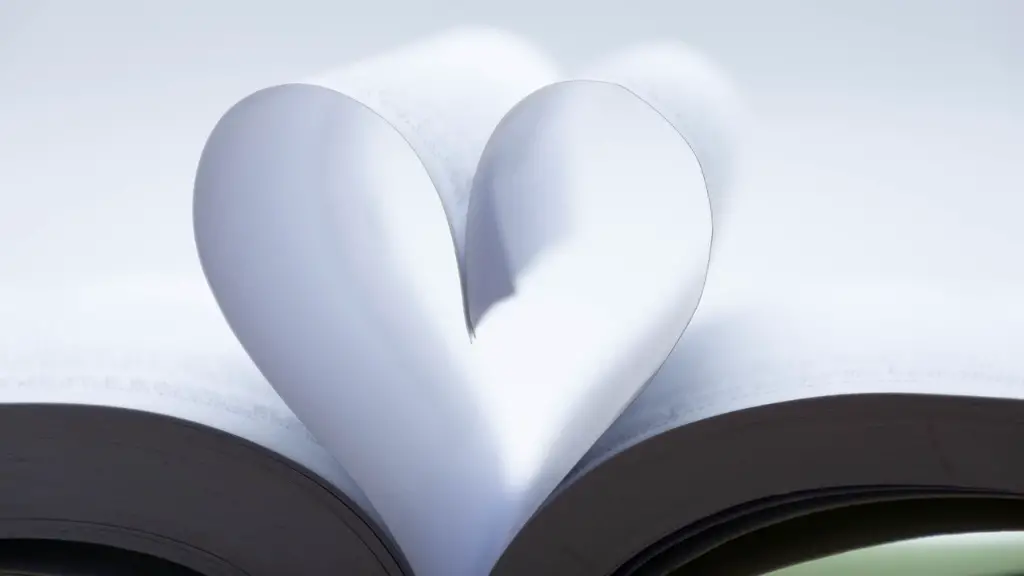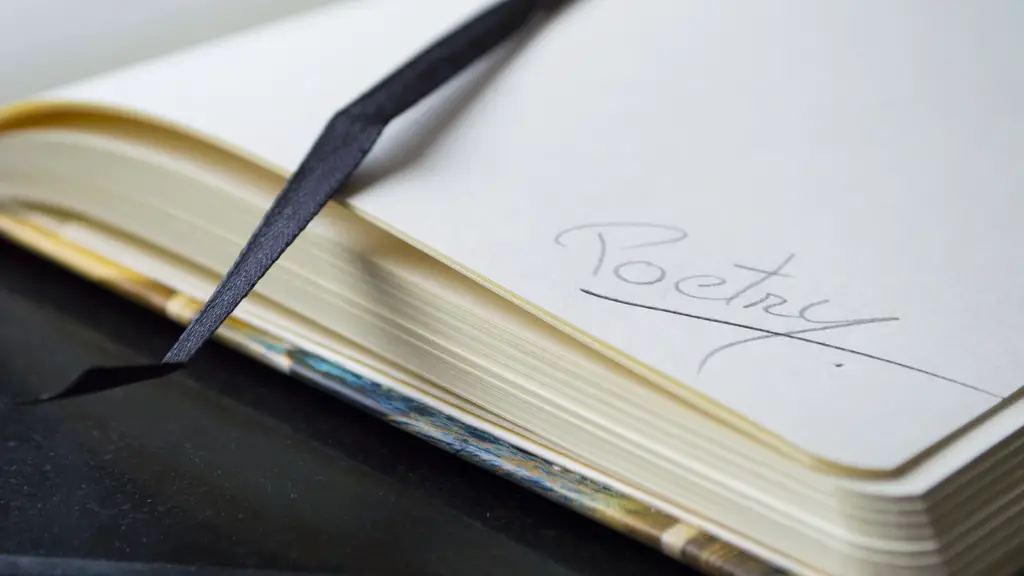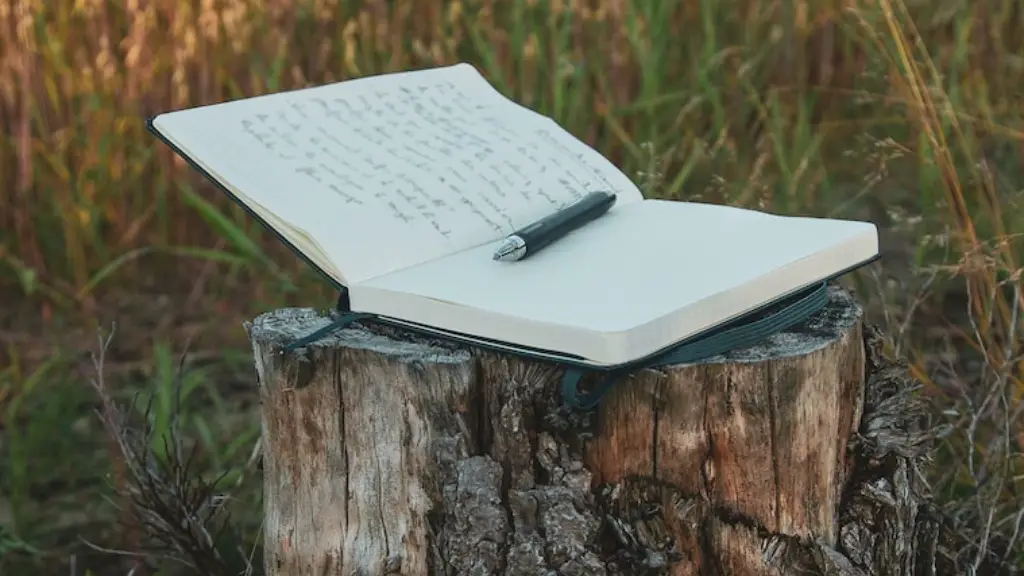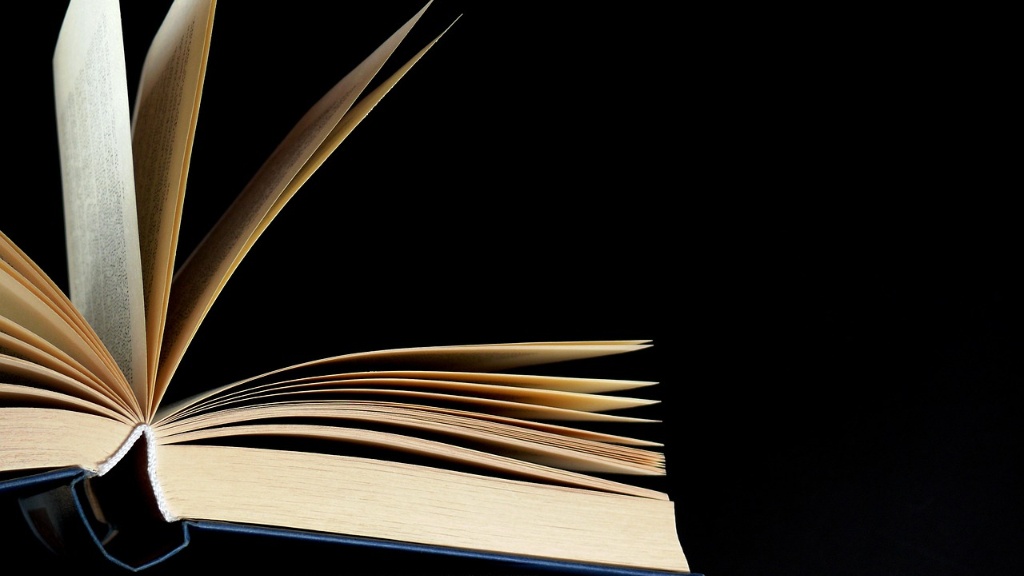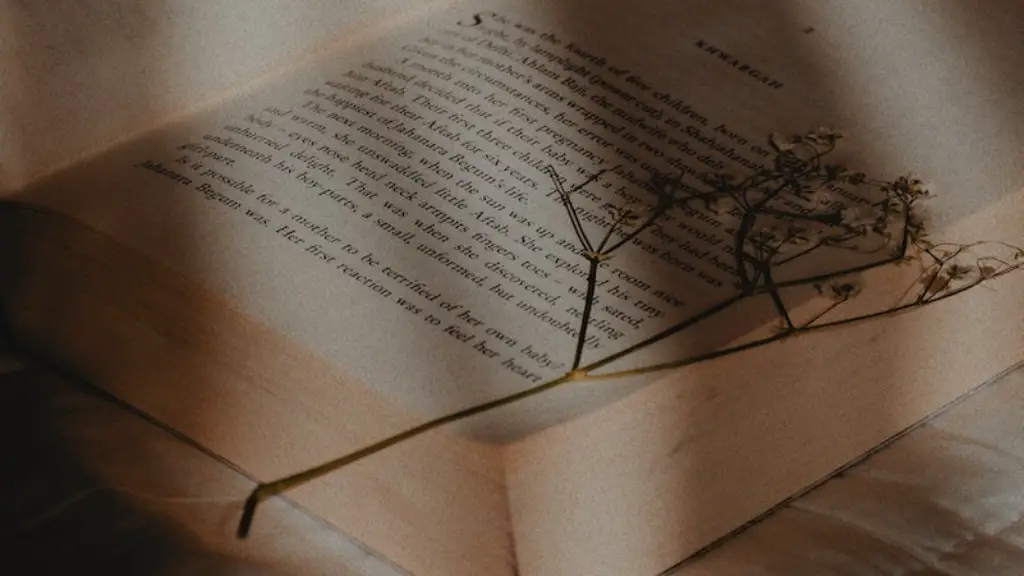Poetry is one of the oldest forms of literature, often associated with emotions, romance, and beauty. People have been enjoying poetry since ancient times, and its various forms have evolved over the centuries. From the classical metres of Ancient Greece to the contemporary free-verse styles, poetry is both beautiful and powerful.
The most basic form of poetry is rhymed verse, which alternates between stressed and unstressed syllables to create a rhythmic structure. Sonnets, odes and villanelles are all examples of rhymed verse, with the sonnet considered the most traditional of poetic forms. Beyond rhyme, poetry can also take the form of unrhymed verse, allowing for more creative freedom and its own distinct sense of rhythm.
Free-verse poetry is the most common type of modern poetry, and is used to explore feelings and ideas with less emphasis on structure. For this purpose, free-verse poetry just needs to have at least one line of verse, allowing writers to express themselves without having to adhere to a particular poetic form.
Haiku is a type of Japanese poetry consisting of three lines, the first and third lines of five syllables each and the second line of seven. Synesthesia poetry, on the other hand, is based on the concept of combining different sensory experiences. This could be smelling colours or feeling sounds in order to tap into a deeper level of emotion.
Shape poetry, also known as concrete poetry, takes on a more visual form by taking the shape of the poem’s subject. For example, a text about a cat might be written in the shape of a cat. As well as providing an aesthetic element to poetry, shape poetry can be used to enhance a writer’s message.
The use of language is a major focus of poetry, and there are several poetic forms where the play on words is the main aim. Limericks are one example; these light hearted and often humorous poems often cleverly combine nonsense and wit. Sestinas, on the other hand, focus on repetition of words, with each line of the poem containing six words. It can be both a challenge and a joy to play with language using this style of poetry.
As can be seen, there is a vast range of poetic forms, all of which create something unique. Each one has its own rules and possibilities, allowing for a creative and meaningful experience as the poem takes shape. Poetry is an art form, allowing for something beautiful and meaningful to be shared with the world.
Narrative Poetry
Narrative poetry is a form of poetry which tells a story in the form of verse – with characters, plot and setting just like in any other narrative form. This style of poetry reaches back to antiquity, with the Odyssey and Iliad mentioned by Homer as some of the earliest examples of narrative poetry. Since then, there has been a rich tradition of narrative poetry, including ballads and epic poetry.
Narrative poetry heightens the story-telling experience, as the use of rhyme, meter, and figurative language create a unique and rich form of expression. Whether it is describing a fictional event or an autobiographical account of experience, narrative poetry has the ability to impart deep truths while entertaining the reader.
A great example of modern narrative poetry is the works of Robert Frost, the American poet renowned for references to nature and rural life in works such as ‘Stopping by Woods on a Snowy Evening’ and ‘The Road Not Taken’. In his work, Frost demonstrates the power of narrative poetry to explore nuances of life and illustrate the personal experience in an engaging and clever way.
As with other forms of poetry, a successful example of narrative poetry involves an accurate message, combined with a playful use of language. Allowing oneself to follow the story and use visual stimulation to bring the scene to life, narrative poetry can be a delightful escape or thought-provoking journey into a world of imagination.
Lyrical Poetry
Lyrical poetry is a type of poetry which expresses personal feelings and emotions. Written in a more conversational way than the structured rhyme of classical verse, it offers the writer creative freedom to express their feelings through a range of poetic expressions. The central theme of this kind of poetry is the exploration of feelings, so the writer is free to explore all types of emotions such as love, happiness, doubt, anger, and sadness.
Lyrical poetry has been around for centuries, and many of the most celebrated poets – such as William Wordsworth and Emily Dickinson – are known for their lyrical works. Wordsworth’s ‘The Solitary Reaper’, for example, is a poignant lyrical poem which tells the story of a woman alone in a field, singing of a far away beloved. Similarly, Dickinson’s ‘I’m Nobody! Who are you?’ shares her surprise at how quickly people are forgotten in the world.
Lyrical poetry can also be seen in modern music, where the personal expression of feelings is usually the main focus. From rap and hip-hop to country and R&B, today’s music is often composed of stylised lyrics that capture personal experiences and resonant emotions.
Whether it be an artfully written poem or an emotionally astute song, lyrical writing offers the opportunity to share emotions with others in meaningful ways. It is a powerful form of expression that allows us to access deeper levels of emotion, and can provide solace to those feeling overwhelmed by certain experiences.
Experimental Poetry
Experimental poetry is a type of writing which involves the exploration of new ways of writing. As opposed to the structured forms of classical poetry, experimental poetry allows the author to play with language, imagery, and perspective in order to create a unique form of expression.
The use of imagery, abstract concepts, and surrealism are often employed by experimental poets in order to express something which cannot be expressed in traditional verse forms. By creating a unique form of experimentation, the author can attempt to tap into deeper, less tangible ideas and experiences.
Many of today’s experimental poets have been inspired by the works of famous experimentalists such as Gertrude Stein and E.E. Cummings. From the ‘stream of consciousness’ writing of Stein to the eccentric spelling of Cummings, these works demonstrate the power of experimentation to create something singularly captivating.
Experimental poetry has some interesting applications – for example, as a form of therapy. By exploring the unknown and challenging conventions, this particular style of poetry provides an opportunity to work through emotions and explore less explored areas of the psyche.
Experimental poetry allows for something unique to be created, pushing both the writer and the reader to explore less obvious territory. It can be an unpredictable and often thrilling exercise, but the rewards can be incredibly rewarding when the right balance is struck.
Euphony Poetry
Euphony poetry is a unique form of poetry which focuses on the sound of words rather than their direct meaning. By choosing words carefully and utilizing rhythm, rhyme, and alliteration, the writer is able to create beautiful sounds which capture and express the topic.
Euphony poetry dates back to antiquity, with Ancient Greek authors such as Homer choosing words which sound like their meaning in order to add greater clarity. In more contemporary works, euphony can be seen in the works of the rhymesters of the sixteenth and seventeenth centuries. These poets used euphony in order to emphasise certain words and provide a more enjoyable listening experience.
Euphony is ubiquitous in popular music, and is often seen as a key factor for writing a successful song. From the smooth flow of Bob Dylan’s lyrics to the playful pop rhymes of Taylor Swift, euphony provides an immediate connection between artist and listener, connecting their words and emotions.
When done correctly, euphony provides the reader and listener with an undeniable, visceral experience. The ability to combine sound and meaning in such delightful ways demonstrates the power and capability of this art form.
Concrete Poetry
Concrete poetry is a type of visual poetry which takes the shape of its subject matter. This could be anything from cats, to mountains, to the phases of the moon, with the aim of the poem being to shape the text to create a physical visual representation of the topic.
The notion of using text to create physical representations goes back to ancient times, with hieroglyphic carvings and semi-scripted art being common around the world. But this art form really flourished during the 1950s, with figures such as Emmett Williams, Fahlström, and Dom Sylvester Houédard paving the way.
Concrete poetry is often seen as the most interesting form of visual art and literature, allowing for something witty and creative to be created. By making use of playful language and visual stimulation, concrete poetry can compel the reader/viewer to engage and appreciate the message more deeply.
In an era where visual art is seen as more important than ever, concrete poetry is a great way for writers to think outside the box and leave a lasting impression. By allowing for both visual and literary stimulation, concrete poetry is a fun and creative way to express oneself.
